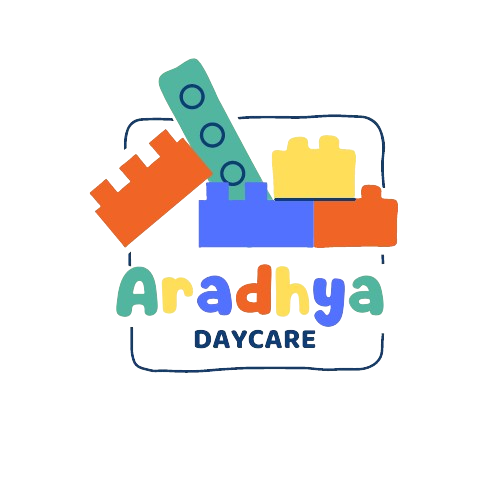Every parent who has a toddler has likely experienced the sudden, intense emotional outburst that is a tantrum. Whether it’s a meltdown over the wrong color cup or a full-on floor thrashing in a grocery store, tantrums are an inevitable part of toddlerhood. But what causes these outbursts, and how can you manage them effectively without losing your cool? Let’s dive into the world of toddler tantrums and discover practical ways to handle them with patience and empathy.
Why Do Toddlers Have Tantrums?
Toddlers are in a phase of rapid growth and development. At this age, they’re learning to communicate, process emotions, and establish independence. However, their communication skills and emotional regulation aren’t fully developed, which can lead to frustration when they can’t express their needs or wants. Tantrums are often their way of venting this frustration.
Some common reasons for toddler tantrums include:
- Frustration: They can’t do something or communicate what they want.
- Overstimulation: Too much noise, activity, or sensory input can overwhelm a toddler.
- Hunger or tiredness: Basic needs not being met can trigger emotional outbursts.
- Desire for independence: Toddlers often want to do things by themselves, but lack the ability to complete tasks, causing frustration.
Tips for Handling Toddler Tantrums
Stay Calm Your reaction plays a significant role in how the tantrum escalates or de-escalates. Staying calm helps signal to your toddler that you are in control and that the situation is manageable. If you get frustrated or angry, it can fuel their emotions even more. Take deep breaths, count to ten, or remind yourself that tantrums are normal.
Acknowledge Their Feelings Toddlers may not fully understand their emotions, but they do recognize when someone is listening. Acknowledge what they’re feeling by saying things like, “I see you’re upset because you can’t have that toy.” Validating their emotions doesn’t mean giving in to unreasonable demands, but it does make them feel heard and understood.
Offer Choices Tantrums often stem from a toddler’s desire for independence. Offering them choices gives them a sense of control in a situation. For example, if they’re upset about getting dressed, give them two options: “Do you want to wear the red shirt or the blue one?” The key is to offer limited choices so they don’t feel overwhelmed.
Distract and Redirect If you see a tantrum brewing, try distracting your toddler with a new activity or toy. Toddlers have short attention spans, and redirecting their focus can sometimes prevent an emotional explosion. For instance, if they’re upset about leaving the park, you could say, “Let’s go home and see if we can find your favorite book!”
Set Clear and Consistent Boundaries While it’s important to be empathetic, toddlers also need to know that certain behaviors are not acceptable. Setting clear and consistent boundaries helps them understand what is expected. For example, if your toddler throws a tantrum every time they want candy at the store, calmly but firmly explain that candy is not for everyday eating, and stick to your rule. Consistency helps them learn that tantrums won’t change the rules.
Use Time-In Instead of Time-Out Traditional time-outs might not always work with toddlers, as they may not fully understand the concept of sitting alone as punishment. Instead, try a “time-in” where you sit with your child in a quiet space until they calm down. This approach fosters connection and teaches them how to self-regulate their emotions.
Avoid Triggers While it’s impossible to avoid every tantrum, being aware of your toddler’s triggers can help you prevent some meltdowns. For example, if you know your child gets cranky before nap time, try to avoid running errands during that period. If they struggle with transitions, give them a heads-up before changing activities: “We’re leaving the playground in 5 minutes.”
Model Appropriate Behavior Toddlers learn a lot by observing their parents. If you want your child to handle emotions calmly, show them how. When you’re frustrated, talk about your feelings and how you handle them: “I’m feeling upset because I spilled the juice, but I’m going to clean it up and take a deep breath.”
Provide Comfort After the Storm Once the tantrum is over, your child may feel vulnerable and in need of reassurance. Offer comfort, a hug, and gentle words to let them know that everything is okay. This helps rebuild your connection and reinforces the message that emotions, even strong ones, are normal and manageable.
When to Seek Help
While tantrums are a normal part of toddler development, frequent or extreme meltdowns can be a sign of something more. If your toddler’s tantrums are happening multiple times a day, lasting for long periods, or include behaviors like self-harm, it may be time to consult a pediatrician or child psychologist. They can help rule out underlying issues like developmental delays or sensory processing disorders.
Conclusion
Toddler tantrums can be exhausting and overwhelming for parents, but they are a natural part of growing up. By staying calm, acknowledging your child’s feelings, and providing guidance and structure, you can navigate these emotional outbursts with empathy and patience. Remember, every tantrum is an opportunity to teach your toddler how to express their emotions in healthy and constructive ways. As they grow and develop better communication skills, the frequency and intensity of tantrums will naturally decrease, and you’ll both emerge from this phase stronger and more connected.

